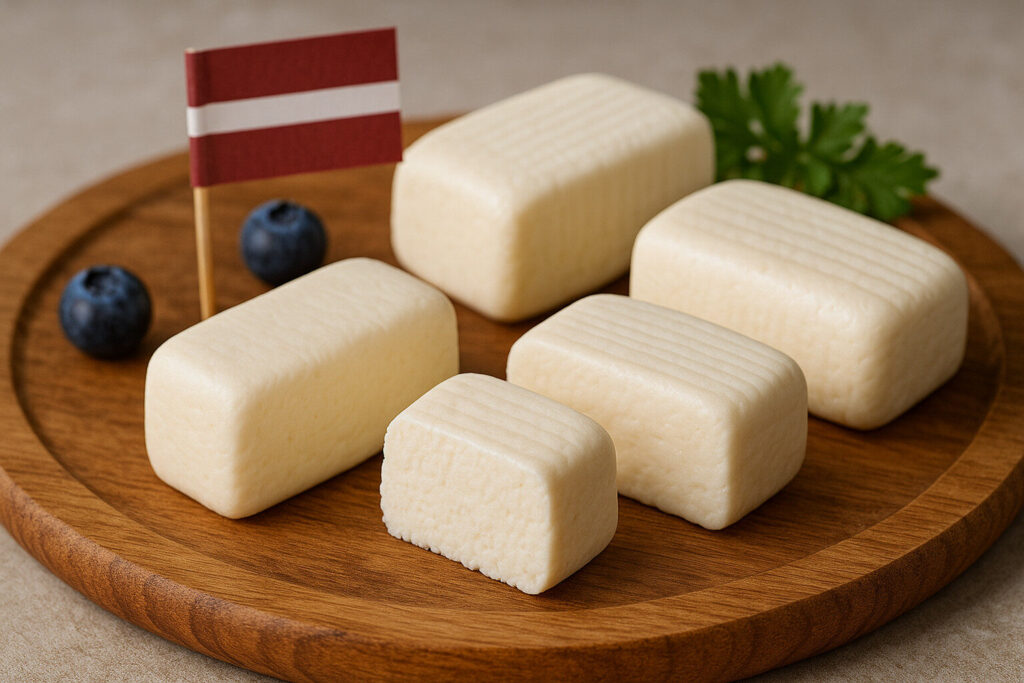Sweetened Cheese
Definition and Scope
Sweetened cheese refers to dairy products where sugar, honey, or syrups are intentionally incorporated during or after production. This category includes fresh cheeses blended with sweeteners and aged varieties coated or infused with sugary elements. The scope extends from simple cream cheese frostings to complex dessert cheeses like mascarpone-based creations.
These products occupy a distinct niche between traditional cheese and confectionery. Their sugar content typically ranges from 5% to 40%, creating unique preservation and texture properties. Commercial examples include German quark desserts and Middle Eastern akkawi cheese served with syrup.
Production Methods
Sweetening occurs either during curd formation or post-production. For fresh varieties, sugar integrates directly into the cheese base before setting. This method requires careful pH balancing to prevent graininess while maintaining structural integrity throughout the process.
Alternative techniques involve surface application through sugar crusts or syrup soaking. Some producers use vacuum infusion to distribute sweeteners evenly in semi-hard cheeses. Temperature control remains critical to prevent fermentation or undesirable texture changes in the final product.
Sensory Profile
Sweetened cheeses present pronounced sweetness balanced against mild dairy notes. Texture ranges from spreadable creams to firm, sliceable forms depending on base cheese characteristics. The sugar content typically mutes saltiness while enhancing creamy mouthfeel and milk fat perception.
Flavor complexity develops through caramelization during heating or aging. Some varieties feature added elements like vanilla, citrus zest, or spices that complement the sweetness. The finish varies from clean and mild to rich and lingering based on sugar type and concentration.
Culinary Applications
These cheeses primarily function in dessert and breakfast contexts. They serve as fillings for pastries, toppings for pancakes, or bases for cheesecakes. Their structural properties make them suitable for piping and spreading in decorative culinary presentations.
Savory-sweet fusion uses include glazed cheese appetizers and salad incorporations. Professional kitchens utilize sweetened cheeses for modernist dishes through spherification or foam techniques. Home cooks frequently incorporate them into quick desserts requiring minimal preparation.
Regional Examples
Italy produces mascarpone dolce, sweetened with marsala wine and sugar for tiramisu. France offers fromage blanc sucré, often paired with fruit compotes. These European versions typically maintain subtle sweetness that complements rather than dominates the cheese character.
Middle Eastern traditions include sweetened nabulsi cheese boiled in syrup. Latin America features quesillo de hoja with caramel notes. Asian varieties incorporate coconut sugar or palm sugar, creating distinct flavor profiles from their Western counterparts.

